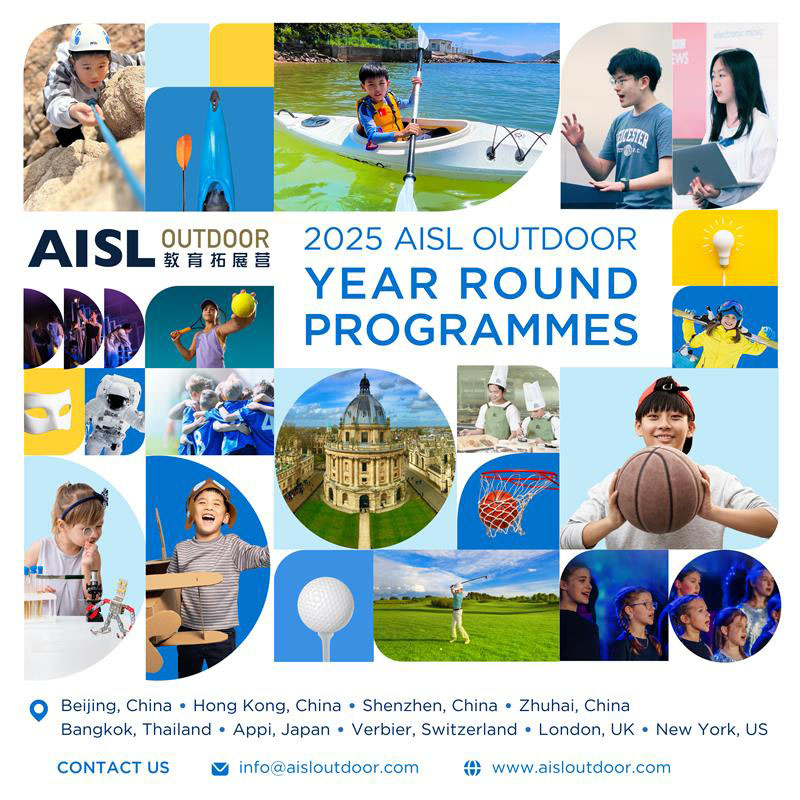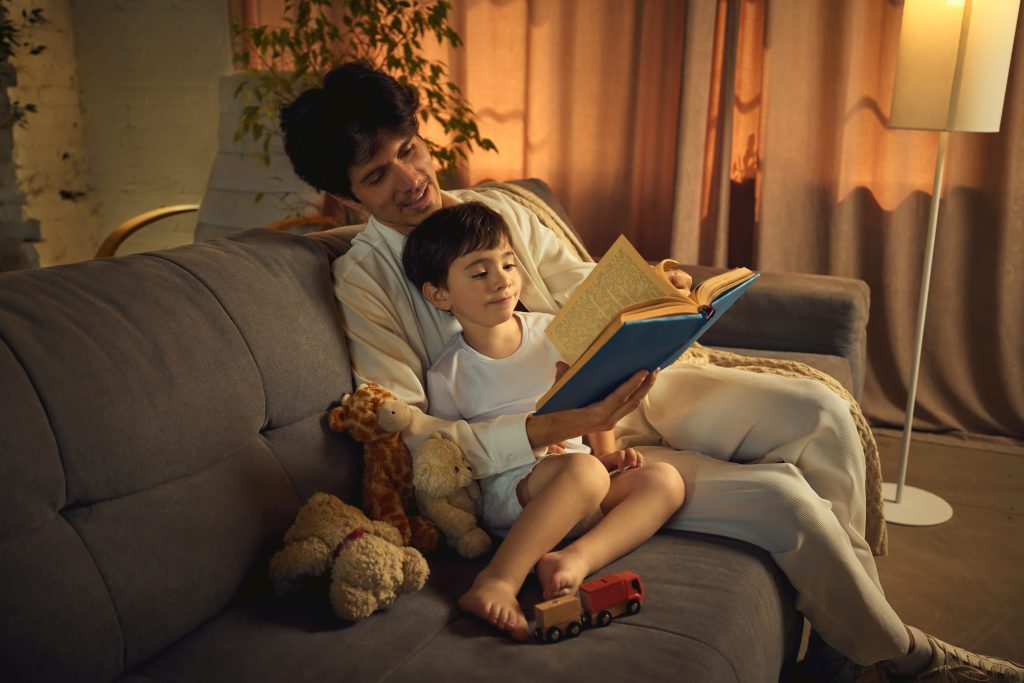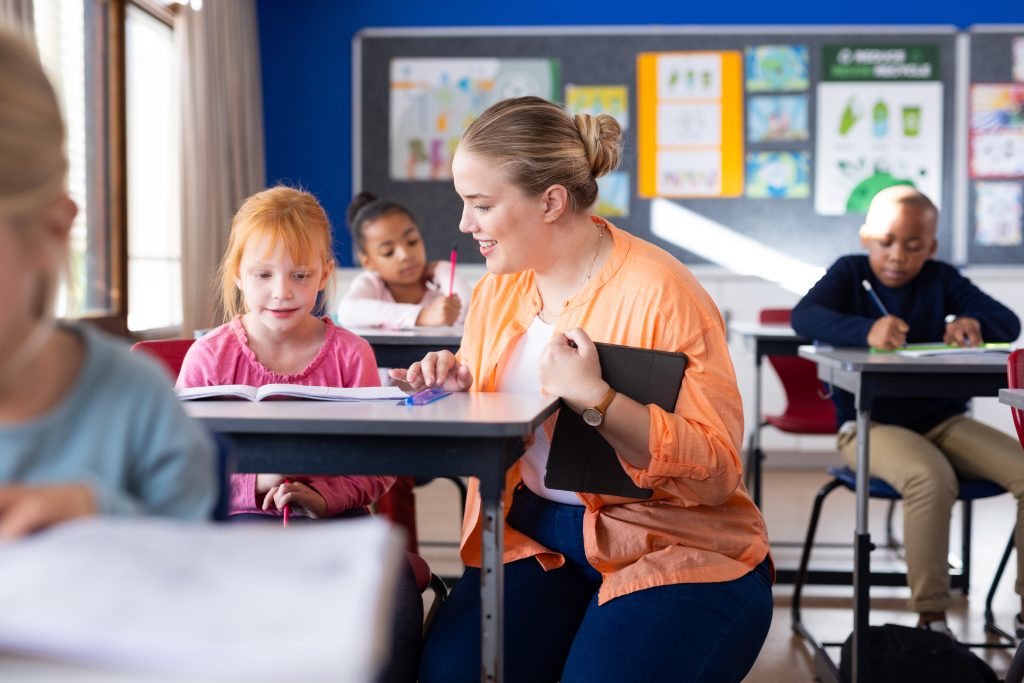Discipline has changed dramatically over the past few decades. Today’s parents often lean towards approaches that emphasise emotional regulation, empathy, and positive reinforcement, all methods informed by child development research and a growing understanding of mental wellbeing. In contrast, many grandparents were raised with and used more traditional discipline styles, where obedience, structure, and consequences were the focus. While both generations want the best for the children they care about, clashing views on what that looks like in practice can lead to confusion or tension.
For families where caregiving is shared, whether occasionally or daily, it’s crucial to navigate these differences thoughtfully. This article explores our take on how parents and grandparents can understand one another’s perspectives, communicate effectively, and build a shared discipline approach rooted in mutual respect. From aligning values to setting clear expectations, our insights aim to support a calmer, more consistent environment for everyone involved.
Understanding the Root of Generational Differences
Shifting Views on Discipline
At the heart of many disagreements between parents and grandparents lies a shift in how discipline is defined and applied. For earlier generations, discipline was often equated with control, immediate consequences, and clear authority. This reflected the social norms of the time, where obedience was highly valued and questioning adults was discouraged.
In contrast, today’s approaches tend to view discipline as a teaching opportunity rather than punishment. Parents may encourage calm-down spaces instead of timeouts, or collaborative problem-solving instead of imposed consequences. These methods focus on helping children build self-regulation skills and emotional awareness, which are qualities that support long-term wellbeing and resilience.
When Beliefs Clash
These differing beliefs can lead to confusion or even conflict during everyday situations:
- A grandparent might see a child’s refusal to share as misbehaviour needing correction, while a parent sees it as an age-appropriate stage to be guided gently.
- Parents might ask grandparents not to raise their voice, only to hear, “It worked fine when you were growing up”.
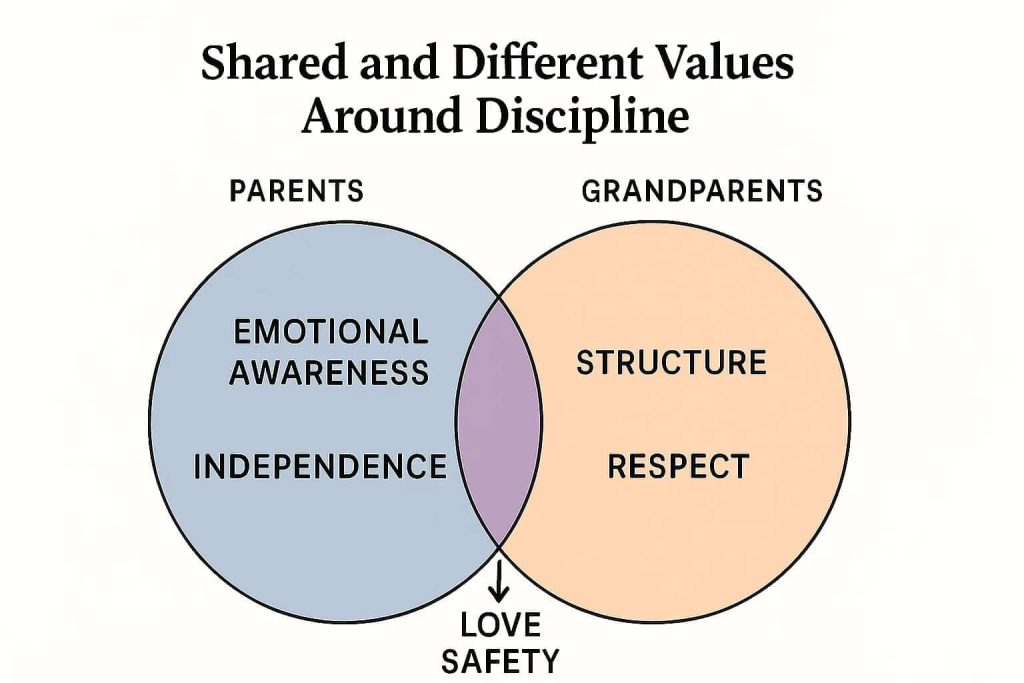
These reflect broader values around respect, independence, and emotional health. Acknowledging this helps both generations recognise that their views are shaped by lived experiences, not simply right or wrong answers.
Common Flashpoints and How to Navigate Them
It’s often the small, everyday interactions that reveal the greatest tensions in discipline styles. A grandparent might offer a reward to encourage a student to finish homework quickly, while a parent prefers intrinsic motivation through praise and encouragement. Or perhaps a parent avoids using phrases like “naughty” to label behaviour, only to hear a grandparent use it out of habit.
These moments are rarely malicious, they simply reflect the parenting norms each generation was raised with. But when they happen frequently, they can create frustration and undermine a parent’s efforts.
Bridging the Gap Without Confrontation
Here are a few ways families can address these flashpoints constructively:
Use “we” language: Phrases like “We’re trying something new with bedtime routines” help position choices as a shared effort, rather than a critique of past methods.
Explain the ‘why’ behind your approach: Rather than asking grandparents not to do something, explain how your approach supports your child’s development. For example: “We’re working on helping her name her emotions before reacting, which is why we’re using the calm-down corner”.
Acknowledge their experience: Recognising what grandparents did well can reduce defensiveness. “You were always so consistent with me and I’m trying to bring that same calm into how we handle tricky moments”.
Open conversations around these common situations can help parents and grandparents find mutual understanding, rather than feeling like they’re working against each other.
Finding Common Ground and Setting Boundaries
Discipline usually works best when adults are aligned, not identical, but consistent. Rather than expecting grandparents to adopt every new strategy, parents can focus on creating shared language. This might mean agreeing on key phrases like “Let’s take a break and think” or “We use kind words” that both generations are comfortable using.
Small shifts in vocabulary can go a long way in helping students understand expectations, no matter who’s caring for them. When language is aligned, discipline feels less like a battleground and more like a collaboration.

Setting Boundaries with Respect
Boundaries aren’t about control, they’re about clarity. When parents calmly share what’s helpful and what’s not, it allows grandparents to support the parenting approach rather than guess at it.For example:
- “We’re not using physical punishment, so if something becomes too challenging, feel free to call us or use the quiet corner”.
- “We’re trying to avoid screen time during the school week. Could you help by keeping tablets out of sight after dinner?”
Navigating Emotional Reactions with Compassion
Intergenerational differences around discipline can stir up strong emotions, particularly for grandparents who may feel their experience is being dismissed, or for parents juggling conflicting advice. It’s not uncommon to hear comments like “You turned out fine” or “We never needed time-outs in my day”. These responses often stem from a place of love or defensiveness, not defiance.
Rather than reacting with judgement, parents can reframe the conversation by focusing on the child’s needs today. For example:
“We really value what you did for us growing up. We’re learning a lot about how children’s brains develop now, and we’re trying to apply that in the way we handle discipline”.
Acknowledging their wisdom while gently introducing new perspectives helps lower the emotional temperature.
Making Room for Growth on Both Sides
Patience is key. Shifting discipline styles takes time, and expecting immediate alignment may only lead to resentment. Instead, celebrate the small steps, such as a grandparent choosing to walk away instead of raising their voice, or asking questions about the school’s behaviour strategies.
Even occasional misalignment doesn’t mean failure. What matters most is that the child sees the adults around them modelling respect, communication, and care.
Establishing Shared Ground Rules That Reflect Today’s Needs
Practical Agreements for Everyday Moments
Finding common ground is about shared understanding, rather than necessarily agreeing on each point. Parents and grandparents can work together to establish household expectations that align with modern values while respecting tradition. These don’t need to be formal; instead, they can take the form of simple, agreed-upon routines:
- What language is used when addressing difficult behaviour?
- How should adults respond when a student refuses to cooperate?
- Are time-outs used? If not, what’s the agreed alternative?
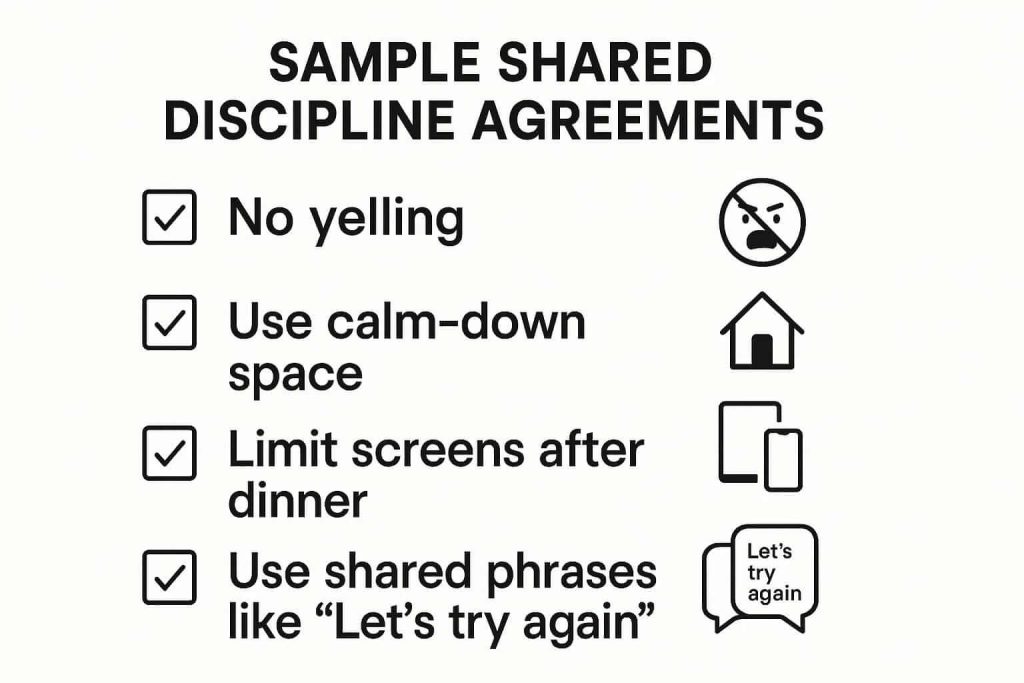
Even clarifying what counts as acceptable screen time or snack boundaries can reduce conflict and prevent mixed messages for the student.
Involving the Whole Family (Without Overcomplicating It)
A helpful approach is to frame these discussions as collaborative rather than corrective. For example:
“We’ve noticed that X seems to get anxious when there’s yelling. Can we agree to use a quieter tone when things get tense?”
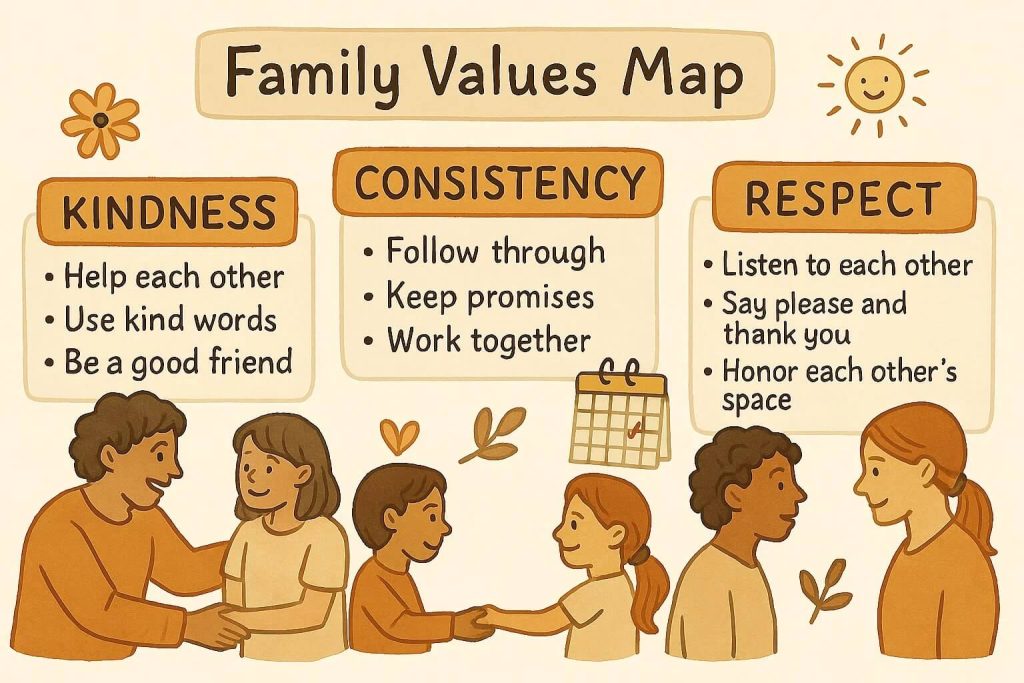
Some families benefit from a short “house charter” or values map, especially if grandparents are heavily involved in caregiving. These can just be a few principles that reflect the family’s approach to kindness, consistency, and respect can go a long way in creating a united front.
Building Bridges Across Generations
Navigating discipline differences between parents and grandparents isn’t always easy, but it can lead to deeper understanding when approached with patience, empathy, and open communication. Recognising the values behind each perspective helps families find common ground while putting the student’s wellbeing first.
By setting clear expectations, keeping discussions respectful, and embracing evolving views on parenting, families can work together to support consistent, thoughtful approaches to discipline. And when moments of disagreement do arise, they can become opportunities for connection, rather than conflict.
For more insights into family life, student wellbeing, and modern education, visit AISL Mall.
Curriculum and Guides that may be of interest:
Get a special discount by quoting code AISLMALL during CHECKOUT.
3Education: StoryTellAR
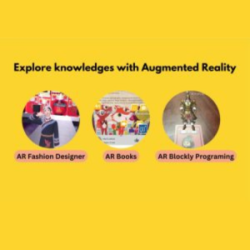
StoryTellAR is an online and remote platform designed specifically to connect offline materials seamlessly with interactive digital content, using Computer Vision (Augmented Reality). With a user-friendly user interface, curators can use their mobile phone to associate audio recordings, videos and other digital interactions such as audio, AR video plane and URL to any artworks. The corresponding digital content customized by their very own creators will pop up, making the book seamless, personalized and effective.
AlGreen: E-book

AlGreen is at the forefront of developing microalgae technology for air purification and carbon capture, driving a sustainable future. AlGreen’s ebook introduces young learners to biology’s wonders and its role in sustainability. Covering cellular and plant biology, climate science, and future biotech like carbon capture and renewable energy, it inspires environmental stewardship and a passion for protecting our planet.
Beijing Mandarin: My Fun Chinese For PreK to Grade 4
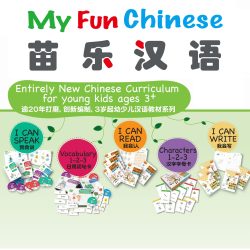
Beijing Mandarin is a well-established Hong Kong-based Chinese language school renowned for its quality instructional publications and dedication to world-class Mandarin education since 1992. My Fun Chinese for PreK to Grade 4 was created to meet the needs of young Chinese language students. We drew on over 30 years of experience teaching the Chinese language to create and publish the My Fun Chinese learning resources.
Chinese 1-2-Tree: Leveled Reading Platform For Pre-k To Grade 8

Chinese 1-2-Tree is a unique leveled reading interactive learning platform designed to provide progressive leveled reading starting with 20 basic characters. Chinese 1-2-Tree offers literacy essentials for every PreK-8 Chinese classroom. We offer a complete solution for reading instruction and student practice, perfect for use in class and at home. Rely on our easy-to-use resources to build foundational skills and strengthen reading comprehension.
Codementum: Gamified Coding Training Platform and Coding Curriculum

Codementum offers a fun, interactive platform to teach kids coding through block-based and text-based languages like Python and JavaScript. Kids learn to create mobile games, apps, and AI projects at their own pace, with gamified courses, self-guided challenges, and resources for all experience levels.
Joint Publishing (H.K.): Chinese Made Easy & IBMYP/IBDP Chinese
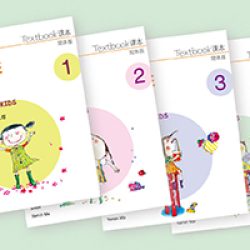
The “Chinese Made Easy” series (3rd Edition) is designed for students preparing for exams like SAT II, IGCSE, IB, and HSK, or beginners learning Chinese independently. It includes 7 books in two stages, covering fundamental language skills. The “Chinese Made Easy for Kids” (2nd Edition) helps primary school children recognize over 500 characters, with activities and audio recordings for gradual language development.
NovaAcademy: Ready-to-Go Curriculum Sets

Novalearn Limited is an EdTech company transforming education by seamlessly integrating machine learning, studio-produced edutainment, and quality STEAM education aligned with international K-12 curricula. All the teaching resources you need for fun and enriching classes, created by the NovaLearn team of experienced educators and industry experts. Each curriculum set includes Project lesson plans, Engaging videos, Interactive activity sheets and Skill-building exercises
Oxford University Press Cambridge IGCSE/O Level/AS & A Level Exam Success Revision Guides
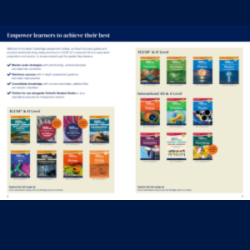
Oxford University Press is a department of the University of Oxford. It furthers the University’s objective of excellence in research, scholarship, and education by publishing worldwide. Cambridge Exam Success Guides from Oxford University Press provide unique exam support and revision guidance for Cambridge IGCSE & O Level and AS & A Level students. Matched to the latest Cambridge assessment criteria. Perfect for use alongside Oxford Resources for Cambridge Student Books or as a standalone resource for independent revision.
Potential City: 4D Human Anatomy Models

Potential City Company Limited is a wholesaler and retailer of international brand toys. It is the exclusive agent of 4D Master, Amazing Toys and Astronaut Foods in Hong Kong and Macau, with more than 30 sales locations. 4D Human Anatomy Models offer detailed, disassemble representations of the human body, revealing its inner workings. Complete with informative booklets, these models are perfect for schools, universities, and medical practices, helping students effectively learn basic anatomy.
QuiverVision: Quiver Augmented Reality Coloring

QuiverVision is a one-stop shop for Augmented Reality content and lesson plans for Pre-K to Year 8 and beyond. We develop the software behind the world’s best Augmented Reality Colouring Experiences. Our premier app, “Quiver”, makes learning fun. Enhance learning with Quiver’s AR subscription for 10-500 devices. Students bring educational coloring pages to life via the Quiver app, creating interactive, engaging experiences. Includes school/home access and curriculum-aligned plans, fostering creativity, skills, and knowledge retention.
SAM Labs: STEAM Pathway Schoolwide Annual Subscription

SAM Labs, an award-winning EdTech company, empowers over 9,000 schools in 60+ countries with innovative Coding and STEAM tools. Students create projects like smart city lighting and solar habitats while meeting curriculum standards, inspiring problem-solving and fostering teacher creativity.






